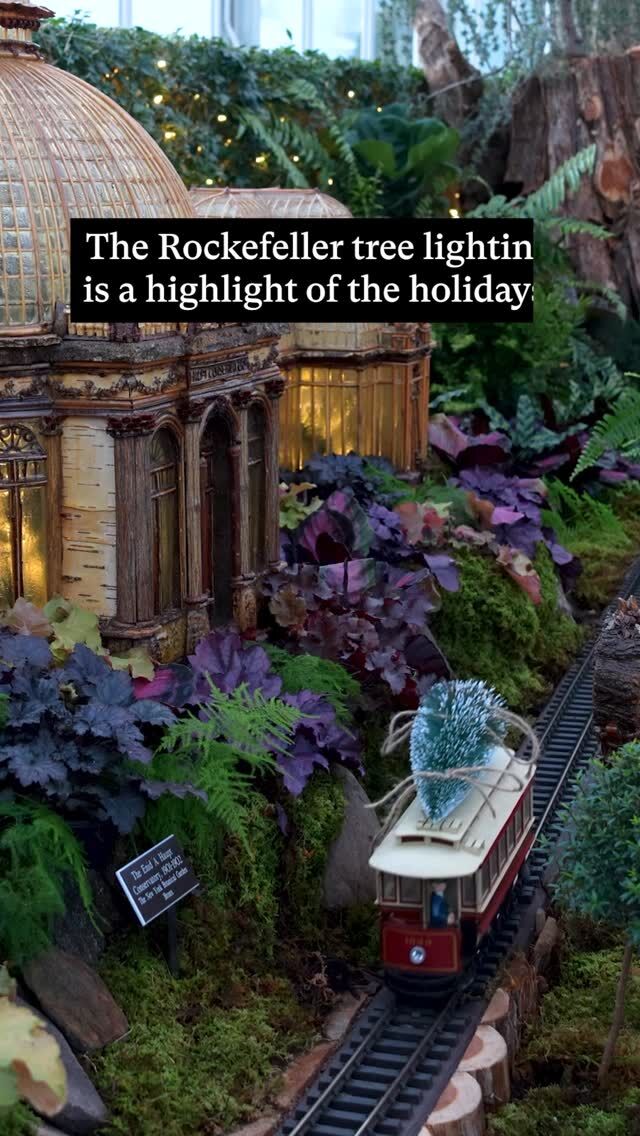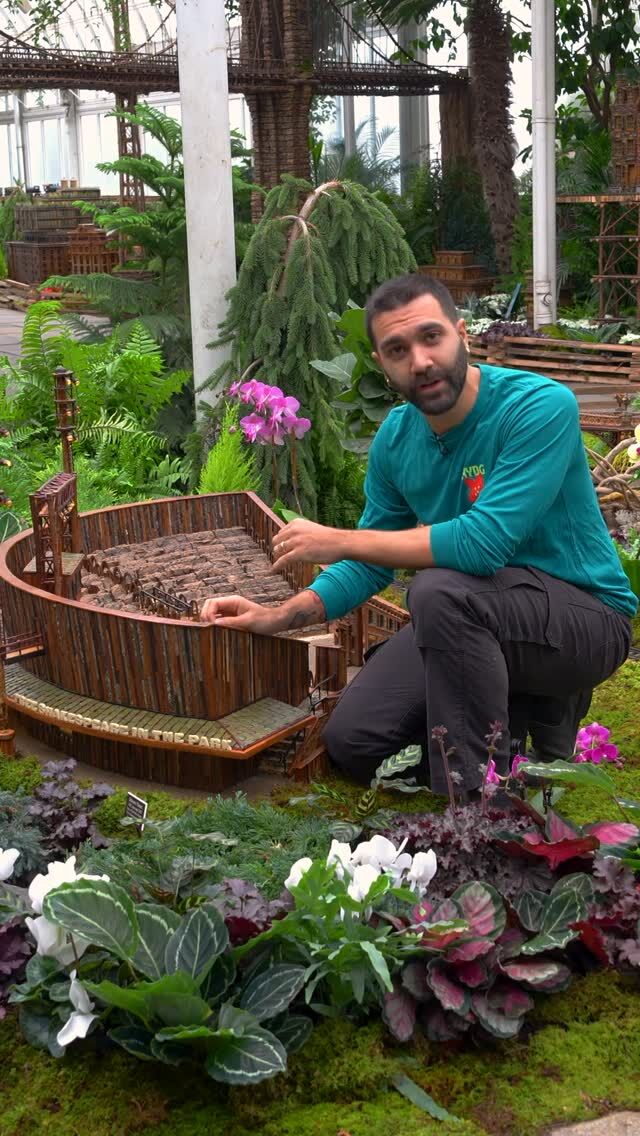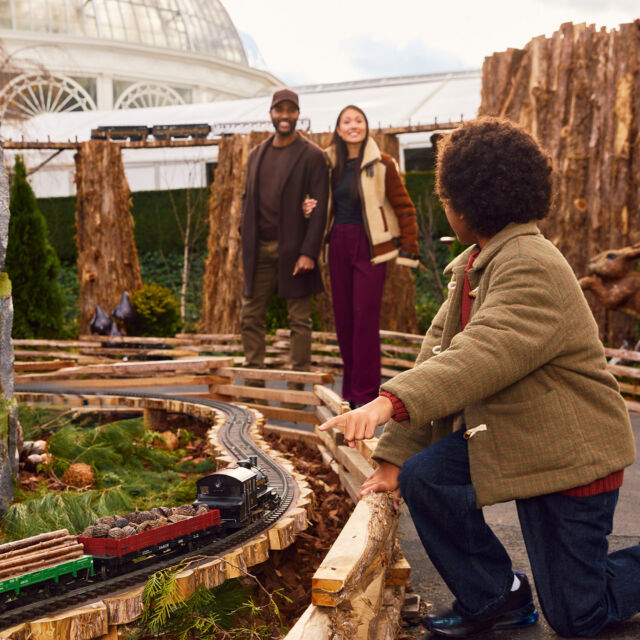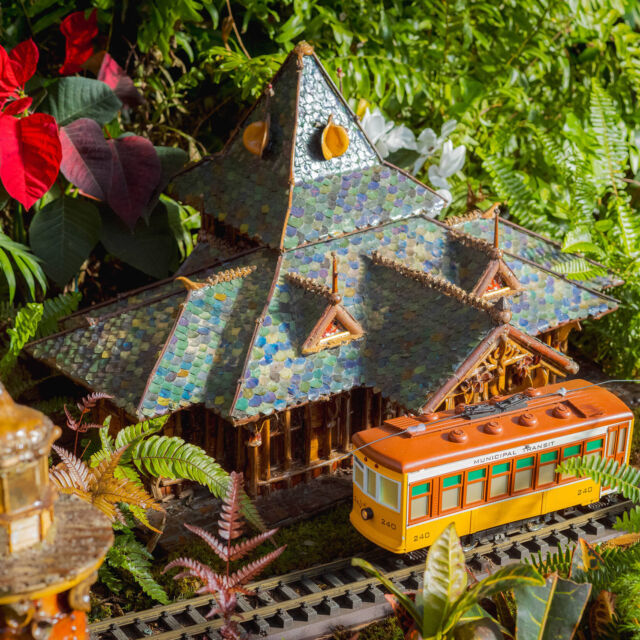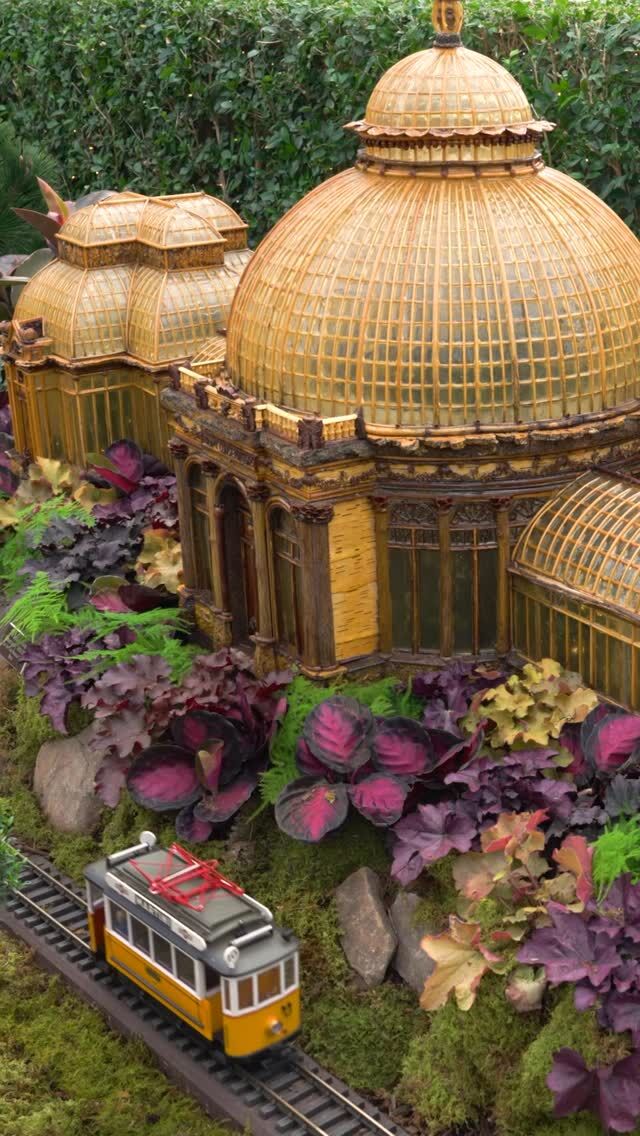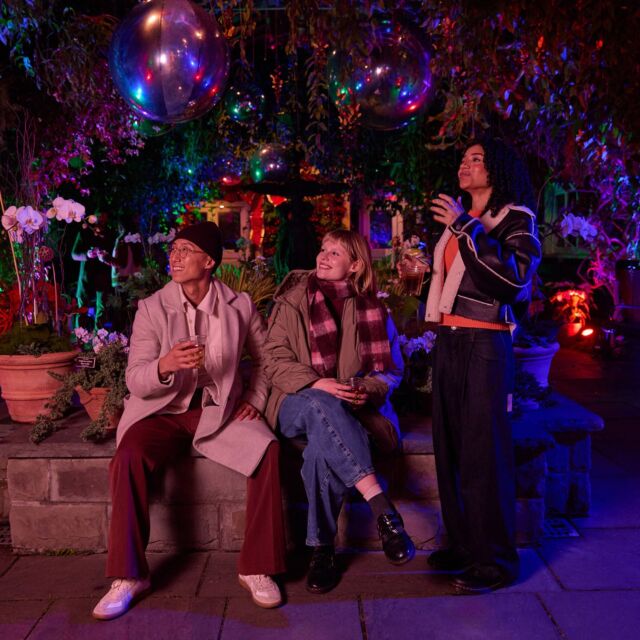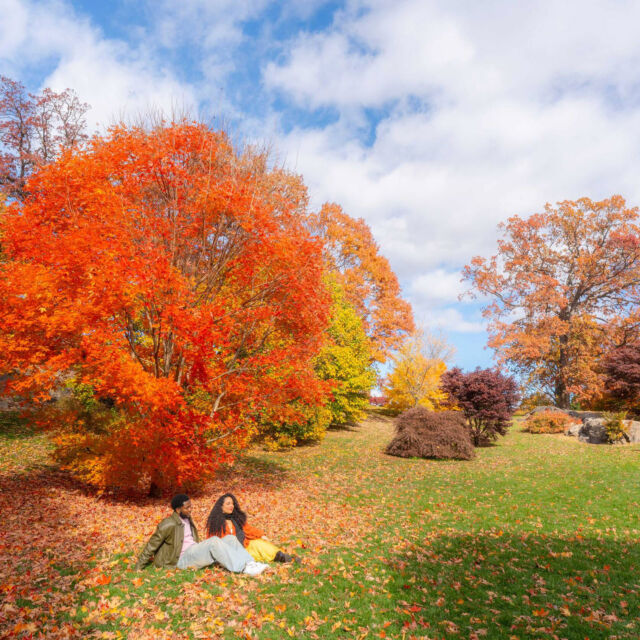Plan and Plant with Jubilee: David Augustus Williston
Rose Vincent is the Resource Sharing Librarian in the LuEsther T. Mertz Library of the New York Botanical Garden.
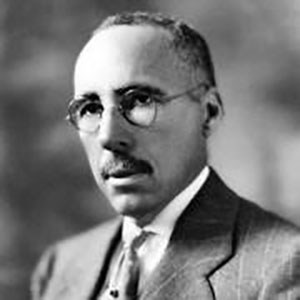
David Augustus Williston
Three years after the emancipation of 250,000 enslaved people in Texas (1865), the first professionally trained Black landscape architect was born: David Augustus Williston.
Obtaining his education at Cornell University, David joined the horticultural group organized by Professor Liberty Hyde Bailey, “the Horticultural Lazy Club.” As a member, Williston studied plant life, plant breeding, and worked with other students in the horticulture department. In 1898, he graduated from Cornell with a Bachelor’s degree in Agriculture and became prominently known for building a church and designing the Frederick Douglas Dwellings in Washington D.C. (the housing complex was created for low-income African American families).
He went on to become a horticulture professor at Lincoln Institute in Missouri (1901 through 1902). Later, he joined the faculty at Tuskegee Institute where he and George Washington Carver became colleagues and close friends. Working alongside the notable botanist to establish The Oaks (former residence of the President of Tuskegee Institute, Booker T. and Margaret Murray Washington), together, they were instrumental in the foundation of the property; Carver selected suitable plants and Williston’s landscape designs included elemental features for the visitor parking lot, walkways, and lawn areas.
Though landscape planning and design was his specialty, David’s love for plants did not cease, as he collected plant specimens. A member of several scientific institutions including NYBG, in 1945, near Montgomery, Alabama, David observed fungus on the leaves of a cypress tree (Cupressus sempervirens) and sent it to the United States Department of Agriculture: Bureau of Plant Industry (BIP). In need of plant identification assistance, mycologist Frances Foust Lombard and scientist Ross Wallace Davidson helped determine the fungal pathogen as Coryneum asperulum, and wrote an original description about it in the scientific publication Phytopathology, Vol. 36 (1946).
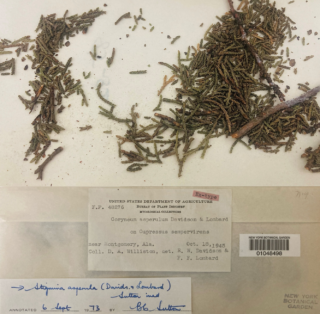
A specimen of Coryneum asperulum from NYBG’s Steere Herbarium, originally collected by David Augustus Williston
At the New York Botanical Garden: Steere Herbarium, a duplicate Coryneum asperulum specimen is encased in a packet and stored in a cabinet for preservation purposes. Received from BIP, the isotype remains a part of the herbarium’s 7.2 million plant and fungi specimen collection. With Davidson’s botanical contribution, the herbarium continues to facilitate access to plant information, expanding plant knowledge to researchers and scientists for generations to come.
Some also call the Juneteenth holiday by different names, including Freedom Day, the second Independence Day, and the day of Jubilee. May we take this day (and everyday) to celebrate and honor the successes of Black horticultural leaders such as David Augustus Williston.
SUBSCRIBE
Enter your email address to subscribe to this blog and receive updates on new posts.
